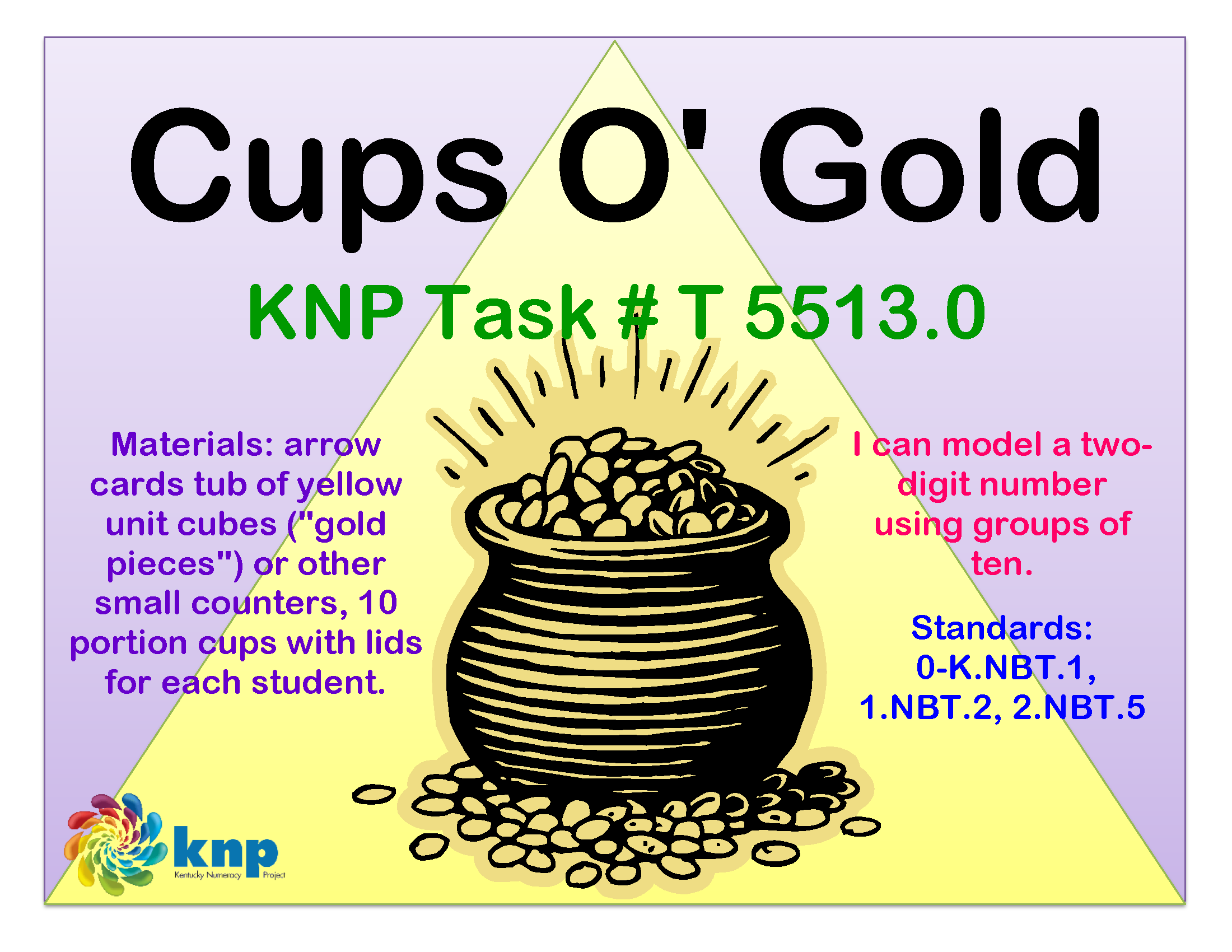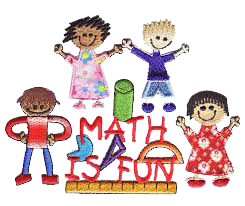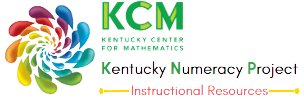“Cups O’ Gold”
KNPIG ID #T 5513.0
What's this activity about?
This activity is a great way to use what you have around the house to practice making numbers zero through 99. You will be making groups using cups and any type of small material around the house such as dried beans, pennies or oyster crackers. Using the latter will provide a great treat when the game is over! You will be filling your cups with “gold” to see who ends up with the bigger amount. Have fun!
What materials do we need?
Arrow cards (ones and tens only) Small counters or other manipulative to use as “gold pieces” 10 baggies or small cups for each player

How do we play?
Get your “gold pieces” and make sure you can easily reach them.
Have your child draw a single ones arrow card and a single tens arrow card and put them on the table for both to see. Then they will pull gold pieces to make that number. Exactly ten “gold pieces”, no more and no less, go in a cup and less than ten pieces can be kept loose. Make sure your child has the correct number. You can practice counting them up together.
Then, takes turns drawing arrow cards and making numbers.
Where’s the Math?
There is a lot of math in this activity that goes along with what your child is learning in school. Students are learning that values can be represented by groups of tens and ones together. Your child is learning how to build numbers not just a single units but a combination of tens and ones. They are also learning that there are ten ones in every ten they build. When they begin adding and subtracting those two digit numbers this activity builds a solid understanding of place value and how those two digit numbers are built. Your child is ready for this activity when they understand composite groups, that is, a number consisting of groups of tens and a group of ones. This activity will reinforce that skill while building towards the next.
Things to Think About:
As always, when working with children remember to be patient. This is a new concept for your child and they may need time to become comfortable. Children need to figure out their own way to solve problems, so when working together, let them take the lead. You can then guide them and help when they ask for it.
There are many practical uses for this skill. One example is how you turn ten pennies into a dime. This is valuable because a dime is easier to carry around than ten pennies, just as a ten is easier to work with than ten ones. Also, if needed they can always use a dime and get back change in pennies, just like they are able to empty their cup and see ten separate ones.
Feedback
Send us your thoughts and ideas about these activities. Email the KCM

